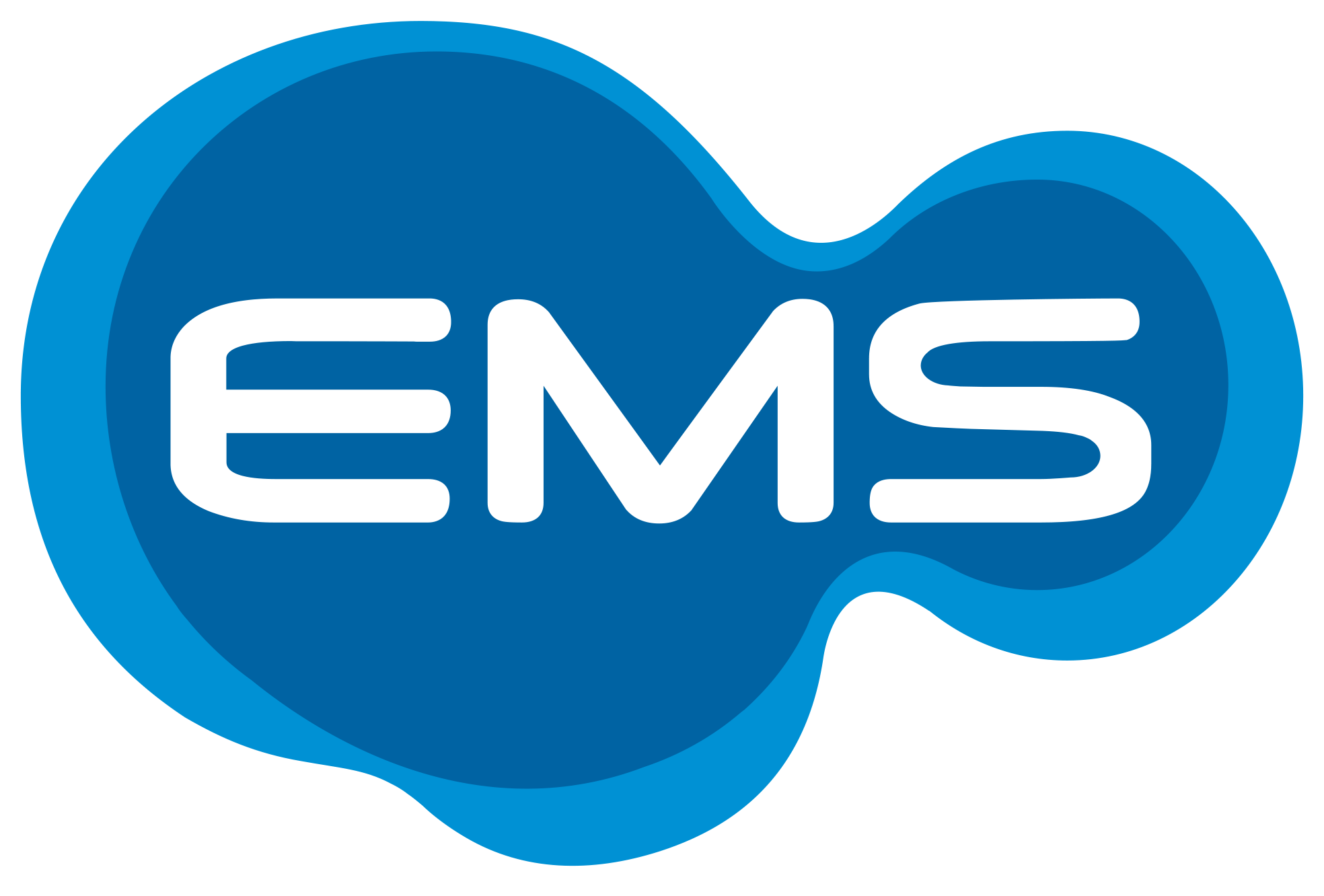The Magnetic Resonance to evaluat the biliary complications after ortotopic liver transplantations
DOI:
https://doi.org/10.53855/bjt.v11i3.299Keywords:
Magnetic Resonance Imaging, Liver Transplantation, Common Bile Duct, Postoprative ComplicationsAbstract
Purpose: The aim of our study was to evaluate the role of MR cholangiography (MRC) in the diagnosis of biliary complications after orthotopic liver transplantation (OLT). Method: Twenty-one liver transplantation patients underwent MRC using a T2-weighted sequence (HASTE). Diagnostic confirmation was obtained with endoscopic retrograde cholangiography (ERCP) (n=11), surgery (n=3), or clinical and laboratory follow-up of at least 1 year (n=8). Results: In 13 patients, no abnormality of the biliary tract was detected by MRC. In 8 patients, anastomotic strictures were diagnosed, 7 of which were confirmed at surgery or ERCP. One patient with normal MRC and abnormal liver function tests was found to have a stricture at ERCP. All patients with normal MRC and liver function tests had 1 year of uneventful follow- up and were considered true-negative cases. We found that MRC had 87.5% sensitivity, 92.3% specificity, 87.5% positive predictive value, 92.3% negative predictive value and 90.4% accuracy in the diagnosis of biliary complications. Conclusion: MRC is a valuable examination for detecting biliary complications after OLT and provides useful information for planning interventional procedures.








